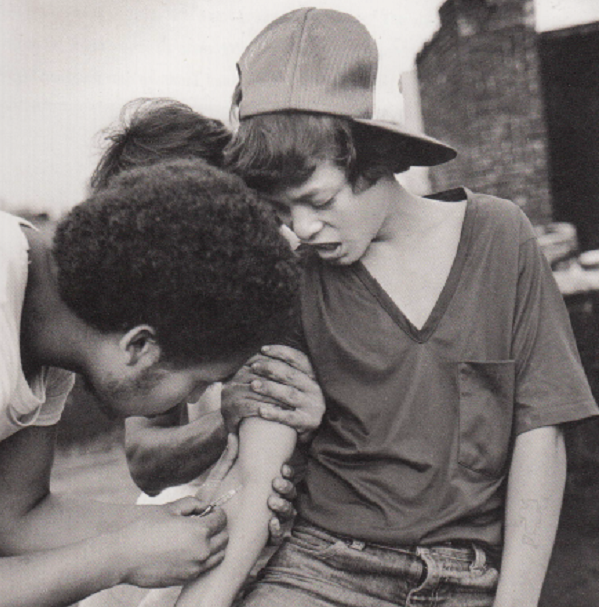Blight
Politicians, advertisers and celebrities make their living by motivating great numbers of people. This happens through trends, which encourage participation so that individuals may inherit the cachet bestowed by the novelty of the event, and through panics, in which crowds focus on a great evil and spin into a circle pit called a “hive mind” in order to destroy it.
But what about the excluded middles, or things that are both not good and not evil, but are nonetheless not part of a sensible vision for what society should be?
The vast majority of people consider evils to be that which is extreme. They draw a distinction between a little sin and big sin because, if viewed as a threat, the big sin is more disturbing. What they do not see is that all evils are disruptions of an order and have consequences. The person treated unjustly treats others unjustly, and the bad idea unchallenged spreads among the credulous.
Our perspective does not include ourselves. That is, we see the world outside of ourselves but even more importantly, we assume that anything which is not ourselves will not change. We also assume it is good as it is. We do this because we are familiar with it and we must justify it as good, or be in constant stress over the fact that we are surrounded by bad.
Because of that, we think of our civilization as being in a state of “doing just fine” that needs to defend itself against extreme threats. This allows us to blow off the slow decay and the small evils which are part of it. Neoconservatives talked a big game about boiling a frog, a metaphor for how slow change goes unnoticed, in politics, but none have applied this to society at large.
The net result of small evils is blight. Blight occurs from acts that are not outright evil, and can be viewed as minor infractions, vandalism, stupidity or crassness, but they have a multiplier effect: they create more of themselves. As in all things, what we tolerate, we get more of. Blight produces more blight by lowering the standard of accepted behavior and giving people a path to “success” to conform to.
Our laws trip us up because laws effectively do one thing: they legalize activities below a certain threshold. If cocaine is illegal, but prosecutors cannot get a conviction for under three grams, guess how much cocaine everyone will carry around on an everyday basis?
Blight thrives on this quasi-tolerance. It loves when we go off on huge crusades against big non-problems and ignore many small evils. That allows blight to grow, because it has a secret: blights of different types support one another. They are forces of decay, not evil, but in the end they lead to the death of a civilization. Is that not evil?
We should abolish any law or social attitude that forces us to tolerate:
- Traffic
- Advertising everywhere
- Graffiti/Vandalism/”Street art”
- Television in public
- Obesity
- Promiscuity
- Public drug use.
- Businesses for idiots (nails, hair, pawn, tattoo).
- Ugly tract housing.
- Boxy corporate architecture.
- Prostitutes on the street.
- Homeless/bums/winos.
All of these things increase ugliness and make our minds conditioned to justify and accept ugliness because otherwise, we must criticize the system and our own participation in it. These blights create an exponential process of the introduction of more blight. These are just examples; more types surely exist.
Blight is not morally bad, but it does not form part of the vision of a sane person about where they want to live. It is moral decay, and social decay, but it does not register on our threat meters. Perhaps if that changes, and small evils become scarce, bigger evils will feel less emboldened and immune.
Tags: blight, collapse, decay, decline, quasi-tolerance










